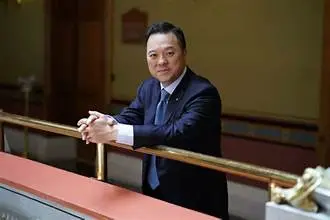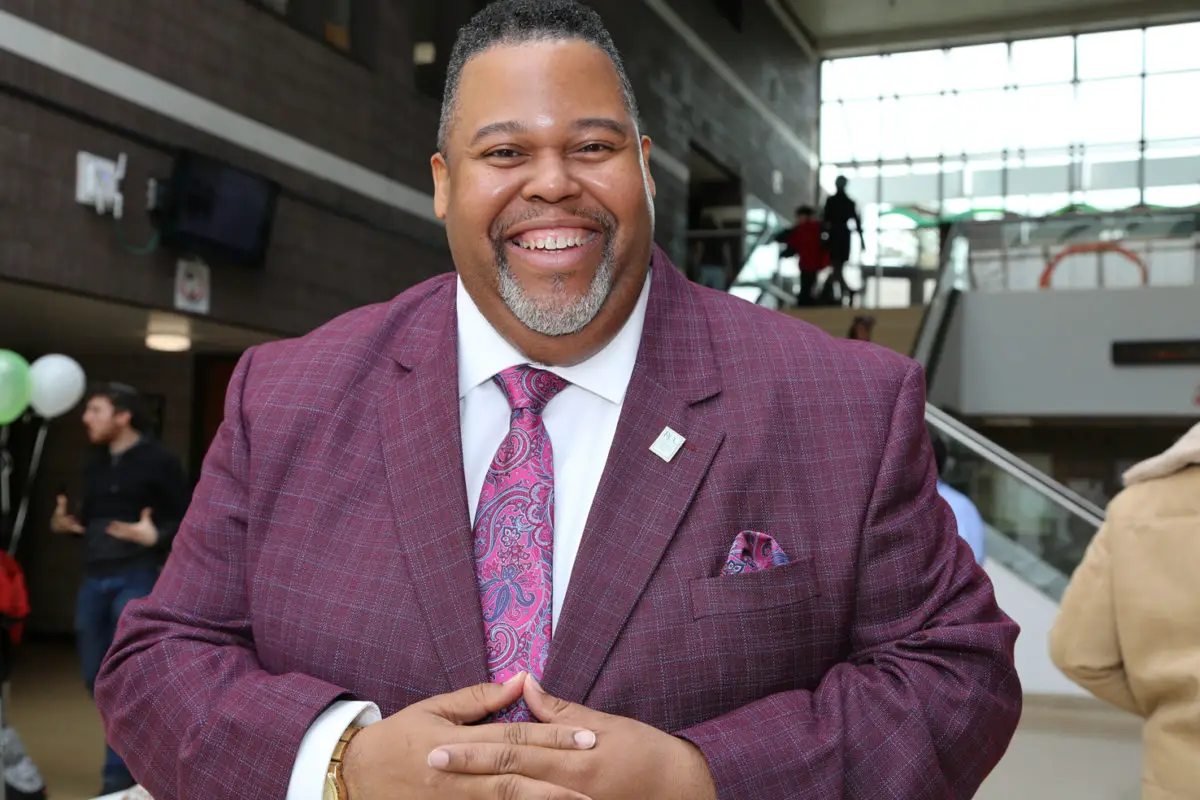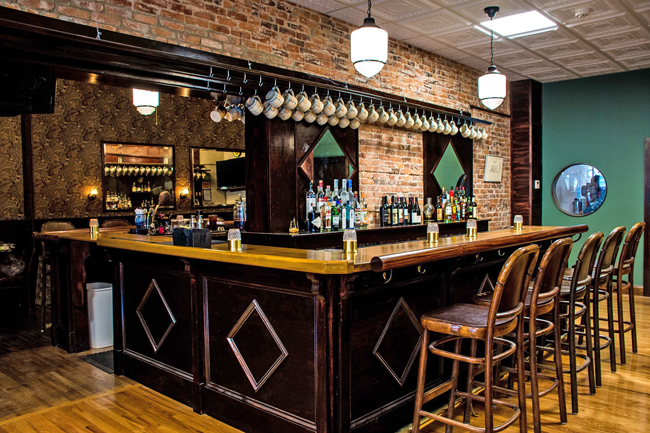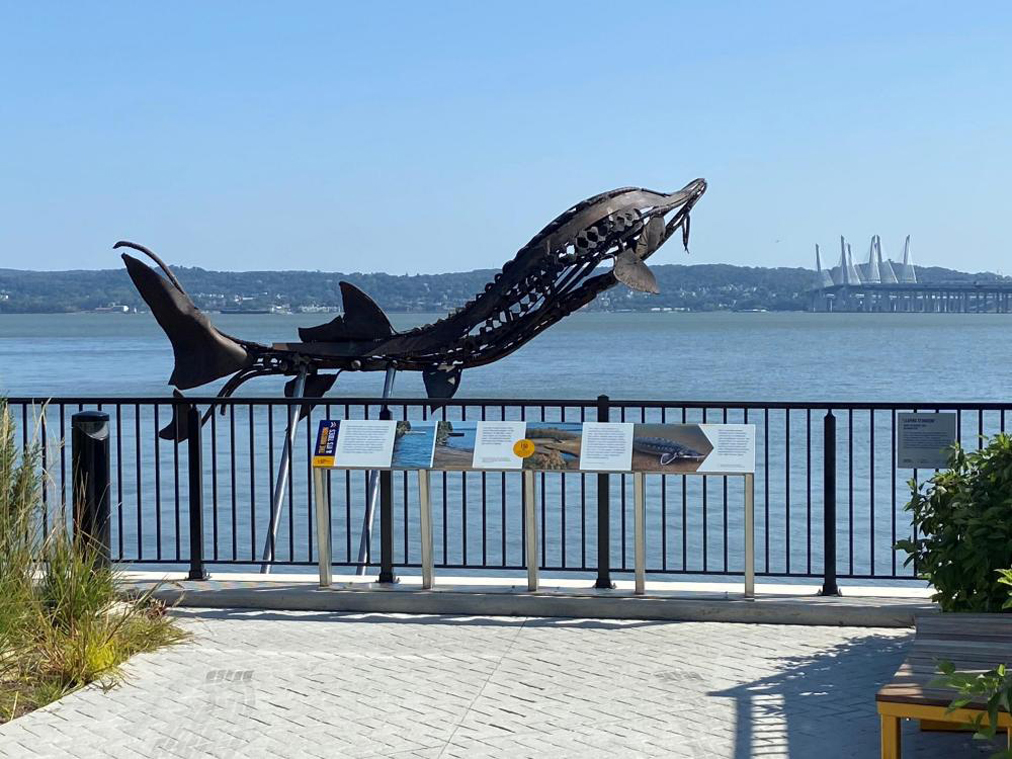
One of the least likely places many people expect to find works of art has become a popular destination for those seeking unique cultural and recreational experiences in view of the Covid-19 pandemic forcing the shutdown of theaters, concert venues, museums and a host of other indoor spaces. It”™s the Gov. Mario M. Cuomo Bridge over the Hudson River, as outdoors as it”™s possible to get and with no fears of a contagious virus being recirculated in air conditioning or heating ducts.
The New York State Thruway Authority partnered with White Plains-based ArtsWestchester and the Arts Council of Rockland on a program to bring 10 art installations along or near the bridge”™s 3.6-mile pathway designed for pedestrians and bicyclists. Featured are five sculptures, four artistically imagined bicycle racks and a mural. Three of the sculptures incorporate steel from the now-demolished Tappan Zee Bridge.
“It”™s the state saying, ”˜This in important. It”™s important to have art out in public spaces,” Janet Langsam, CEO of ArtsWestchester, told the Business Journal.
“The sculpture on the entrance ways, Rockland and Westchester, and the bike path makes the bridge a destination as opposed to a thoroughfare. Normally, you think about bridges ”˜OK, we”™re crossing a river.”™ The idea that this bridge is a place to go and be outdoors, to see sculptures, to exercise, to take your bike, to walk, it”™s really in a different class. I think it builds on Westchester”™s reputation as a place for public art.”
Kathleen Reckling, director of public programs for ArtsWestchester, said that she has received data indicating that over the summer about 2,300 people used the pedestrian and bike pathway each day. With winter and cold winds setting in, the numbers have gone down but do increase on those days when milder air and bright sun appear.
“In my own experiences of going there the parking lots are often full and even in the evening it was clearly a place that people were coming early to enjoy the path, enjoy the art. On both the Nyack and Tarrytown sides they”™re very close to businesses that absolutely were in use,” Reckling said. “People still are being encouraged to socialize outdoors. I think the path will continue to be a popular destination.”
More than 100 artists applied in a competition that was held to decide who would receive the commissions that were being offered. Eight were selected to create 10 installations. The artworks are:
”¢ “Current,” a sculpture by Cheryl Wing-Zi Wong of Brooklyn that is composed of 12 illuminated steel arches and have lighting that is animated by the movement of passers-by.
”¢ “Leaping Sturgeon,” a 14-foot Atlantic Sturgeon made of salvaged steel by artist Wendy Klemperer of Brooklyn.
”¢ Three bike racks by artist David Greenberg, also of Brooklyn, that not only are sculptures but actually can be used as bike racks. There is a “Steel Bike Rack” on the Westchester side and another on the Rockland side. His third artwork, “Stone Bike Rack,” was designed to recall the stone quarrying industry of Rockland.
”¢ A mural by Chris Soria of Nyack, “The Flux of Being,” that celebrates the rich biodiversity of the Hudson River Valley.
”¢ “Approach,” a sculpture by Fitzhugh Karol of Brooklyn, that incorporates steel from both the Cuomo Bridge and its predecessor, the Tappan Zee.
”¢ A sculpture aptly named “Tappan Zee” by Ilan Averbuch of Long Island City that pays homage to the Native American Lenape and their history along the Hudson River.
”¢ “Untitled” by Thomas Lendvai of Ronkonkoma that contains forms that mimic ripples on the river”™s surface and frame the towers of the bridge.
”¢ A bike rack “Converging Vistas” by Christopher Flick of the Bronx that is designed to evoke thoughts of the Palisades and the New York City skyline.
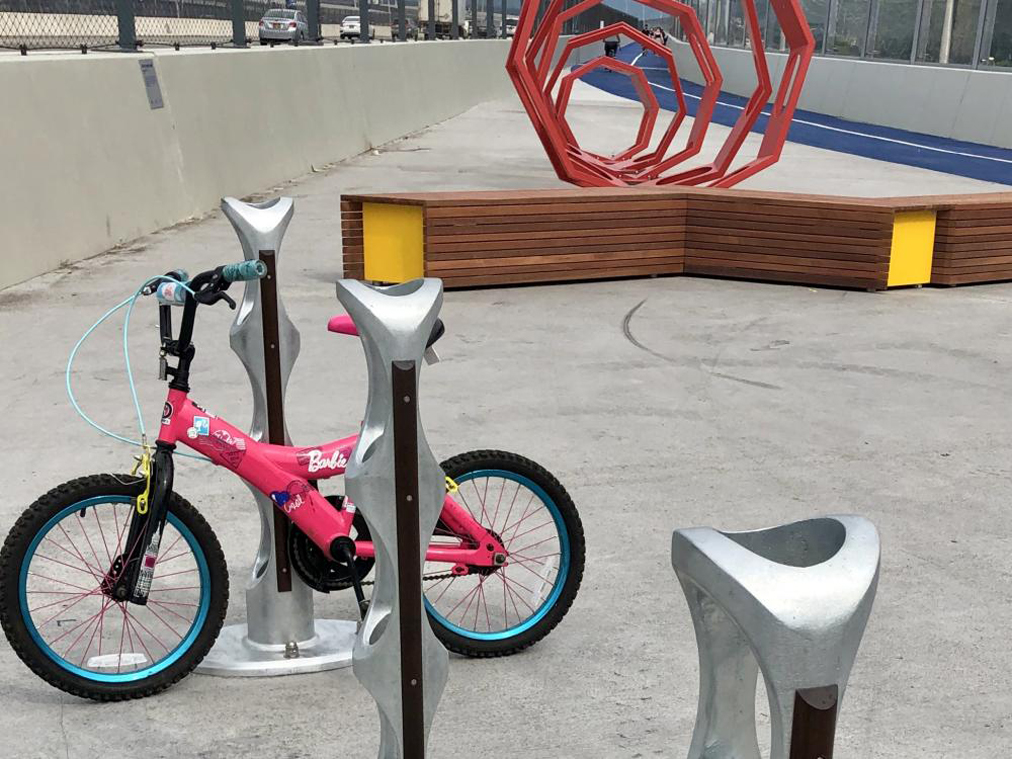
The pedestrian and bike path is on the northern side of the bridge”™s northern span, which carries traffic in a westerly direction toward Rockland. The Thruway Authority has put Covid-19 safety protocols into effect, which call for visitors to remain 6 feet away from others and, when social distancing cannot be maintained, to wear a face covering on the path and in the restrooms.
“There”™s such an awareness of the need for interesting outdoor gathering places,” Langsam said, adding that ArtsWestchester has been working with developers including Martin Ginsburg, LMC and the White Plains Housing Authority to create various sculptures and murals for their buildings and construction sites.
She also pointed out that Westchester has a long tradition of welcoming the arts as exemplified by a collection of sculptures at SUNY Purchase and PepsiCo”™s Donald M. Kendall sculpture gardens that has been closed during the pandemic.
“With the vaccine on the way, hopefully by summer we”™ll be able to open some entertainment venues,” Langsam said.
“I think the most optimistic thing I can say about the cultural organizations in Westchester is that they have not skipped a beat. Everyone has pivoted; everyone is doing online virtual programs. Those that can be opened outdoors are open, some of the education places are open but with smaller classes. We”™re finding that online we”™re reaching a lot of people that we may not have reached in the past.”







